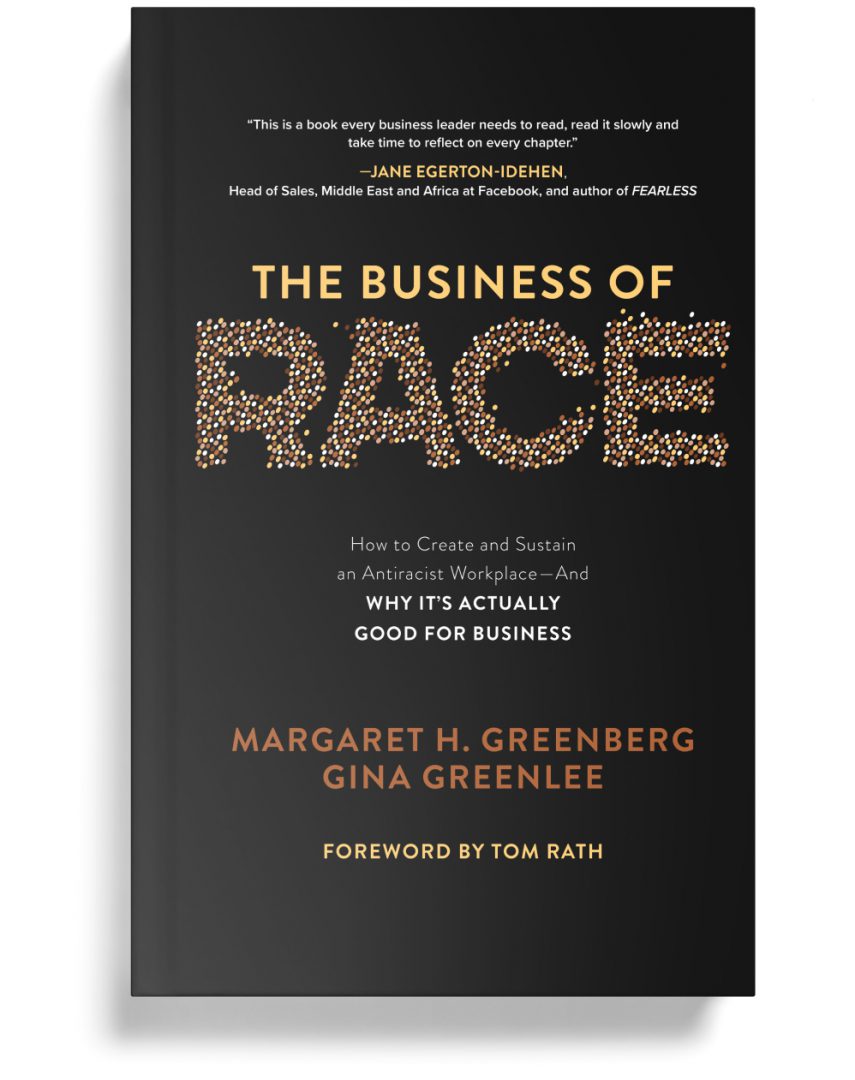A practical guide to address race in the workplace.
It’s time for a new approach. Talking about race and racism at work historically has been taboo. However, we can’t solve what we don’t talk about. For nearly 60 years, workplaces have focused on diversity specific to gender and many historically underrepresented groups. Attention to racial diversity has been less tenacious. The events of 2020, emblematic of racial inequities rooted in a long history of systemic discrimination, forced that to change. While we believe that no single societal sector can disrupt the status quo on its own, we also believe that innovative businesses can lead the way.
Fifty years from now, social psychologists, cultural anthropologists, epidemiologists, and historians will still be studying the year 2020. As the pandemic ravaged the globe, many businesses were ahead of governments by mandating work-from-home policies to protect employees. Worldwide, kitchen tables, basements, and bedrooms became the new workplace and the new classroom. “Social distancing” became a new norm to help “flatten the curve” of the Covid-19 infection spread rate.
The year 2020 was also when the murders and attacks against Black and Asian people in the United States, and around the world, galvanized people of all races to protest against systemic racism. Our hope is that The Business of Race instills in you the courage to talk about race and racism. Moreover, to do something constructive about it—no matter your level in the organization, no matter your racial identity. We don’t pretend to know what that “something” is for you. It may be reshaping your thinking, conversations, and decision-making. It also may be evolving your business strategy, policies, and practices. Our hope is that The Business of Race will inspire you to use your voice, to create and sustain an antiracist workplace.

